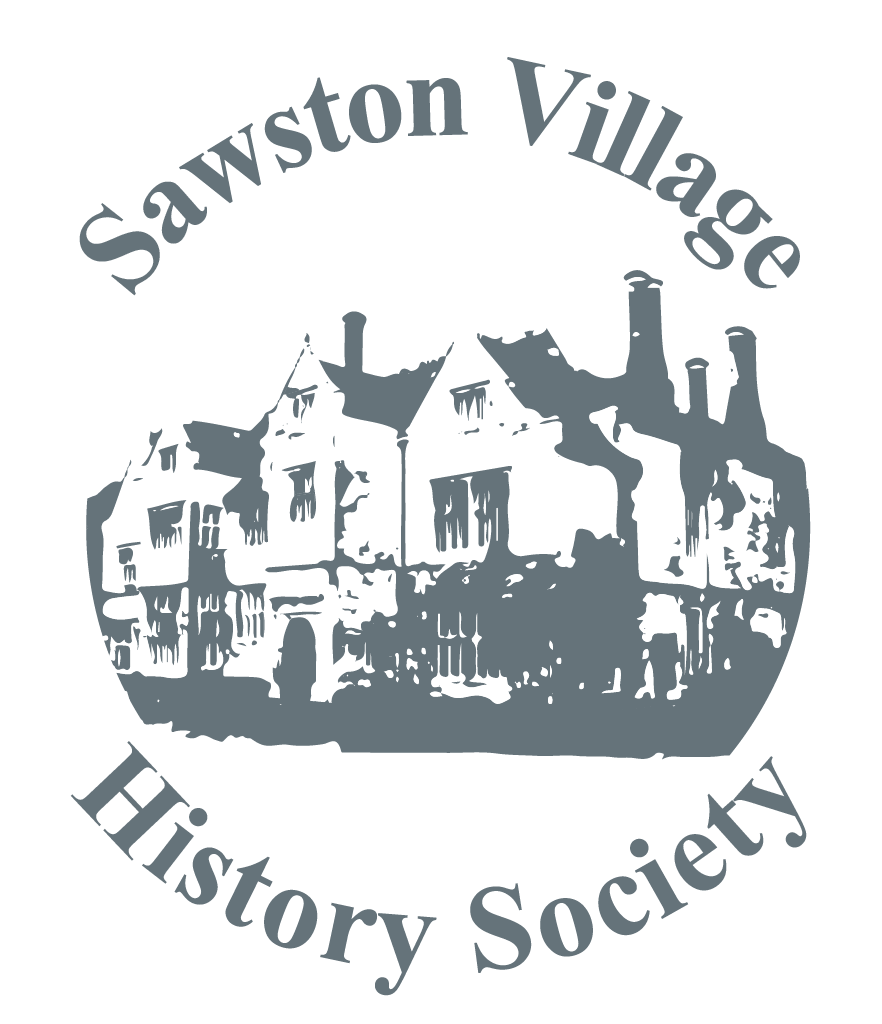
This intriguing talk was unusually illustrated by the display of a variety of rather dangerous looking military artefacts, including a mortar bomb and a somewhat lethal looking machine gun. This collection also included a large bag of bent aluminium, bits of strange looking Bakelite, buttons, a shiny penknife with a bent blade, a sole and a badge with a swastika. Julian explained that all these objects were obtained from crash sites of WW2 aircraft and one WW1 crash site.
Julian has been actively involved in this slightly unusual field of archaeology for 25 years. As an enthusiastic metal detectorist he was invited to help locate a crashed aircraft engine and he remained hooked. Almost all of these were WW2 crash sites of both Allied and German planes which crashed in England during WW2. An important exception was the discovery of the only unexcavated Zeppelin crash site at Theberton in Suffolk. This was one of five Zeps which were shot down over England, but the only site which had not been excavated. This excavation, in 2006, created a lot of interest and resulted in a BBC “Timewatch” programme. Among some of the many artefacts which Julian helped to find using his metal detecting expertise was an officer’s button, and, somewhat incredibly, a 305 bullet which Julian believes is the one which helped to bring the Zeppelin down as it still had some molten debris on it.
During his excavation of numerous WW2 aircraft Julian uncovered many skeletal remains of crewmen, some of whom still had personal items such as wedding rings. These were, whenever possible, returned to the closest living relative, which, in the case of WW2 German crewman was often very difficult. On one occasion Julian was delighted to be able to locate the wife of a Luftwaffe pilot by the inscription on his wedding ring. He felt it tactful, however, not to mention the large box of condoms found behind his seat, which had been opened with many missing!
Amongst some prize items he had managed to retrieve was a lethal looking machine gun taken from a Heinkel which was less lethal than it looked, being only an 8mm gun. He had also found a superb stainless steel penknife from a Junkers, which, after cleaning was shining as good as new, apart from a bent blade.
Technically, crashed airplanes automatically became MoD property and it was strictly forbidden to nick any bits and pieces. However, there were many instances of boys getting to a crash site before the local Home Guard or bobby and making off with some loot before their arrival. Sometimes these ended up in the loft and forgotten for decades until the arrival of someone like Julian. Otherwise theses artefacts would have been stored away in a remote warehouse and forgotten for eternity.
Julian related the somewhat unusual story of the Me 109 which crashed twice, the first time piloted by Hauptmann Ralph Pingel who managed to make a controlled “landing” in the sea off St Margaret’s Bay thus presenting the RAF with a near undamaged plane. After a full evaluation at Farnborough it was taken to The Imperial War Museum at Duxford, where it was being compared with a Spitfire. This was flown by a Polish pilot, M. Skalski who unfortunately was unable to pull out of a steep dive over Fulbourn and crashed near a small pond. It was thought he may have succumbed to carbon monoxide poisoning.
Even nearer to home Julian recently visited the crash site of a Halifax bomber, which crashed and exploded just behind the cottages at Home Farm, Pampisford Wych on 3rd September 1944, in which 4 aircrew died as well as a local man, Fred Teversham. The explosion was quite horrendous and created a large crater which can sill be seen today, now water filled. Even 2 years ago it was possible to retrieve bits of bomb casing and aluminium.
Most of these crash sites are described in the series of well researched and illustrated books by Julian entitled “War Torn Skies of Great Britain” in Cambridgeshire, Essex and Hertfordshire and which were on sale during Julian’s fascinating presentation.